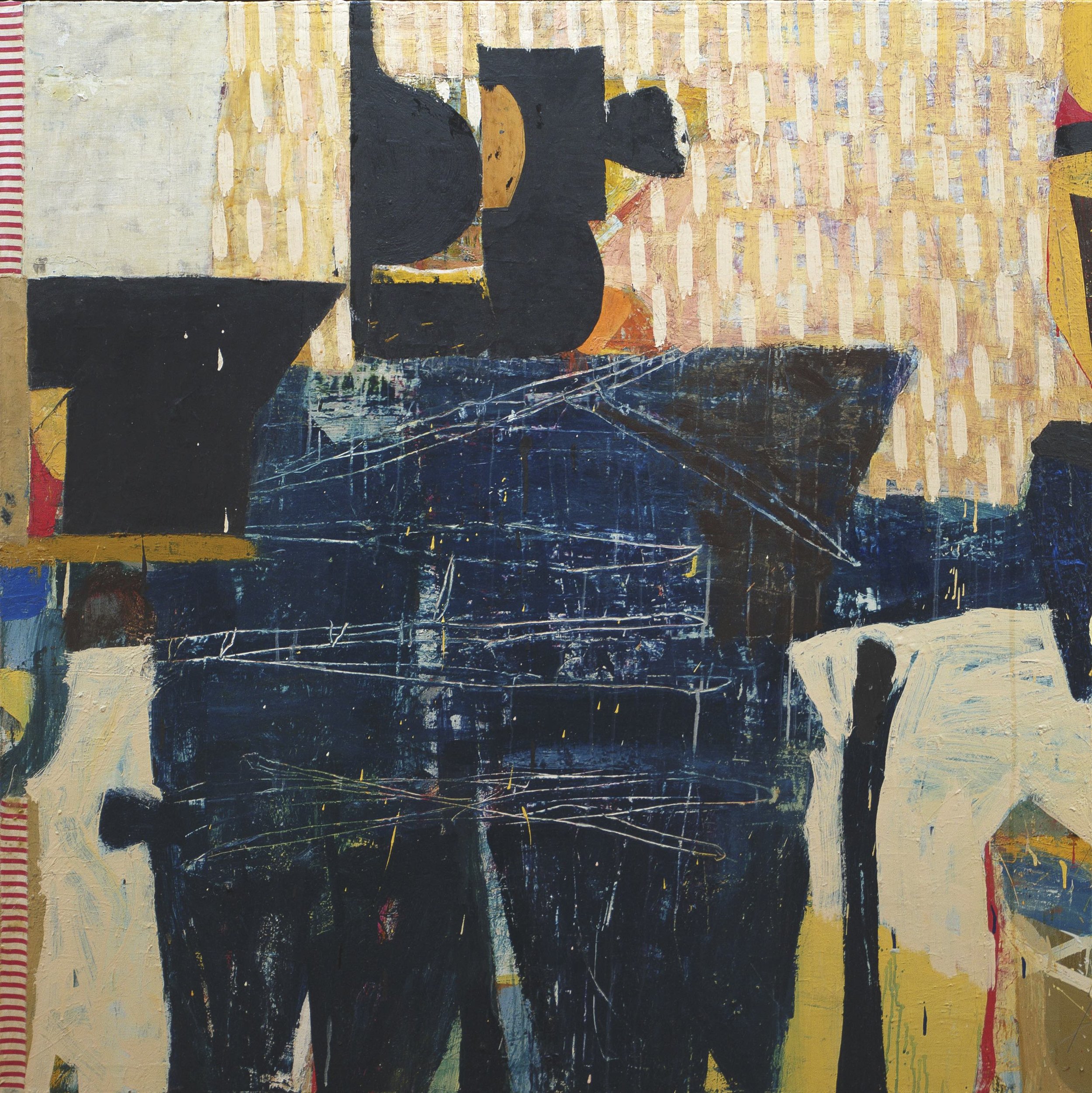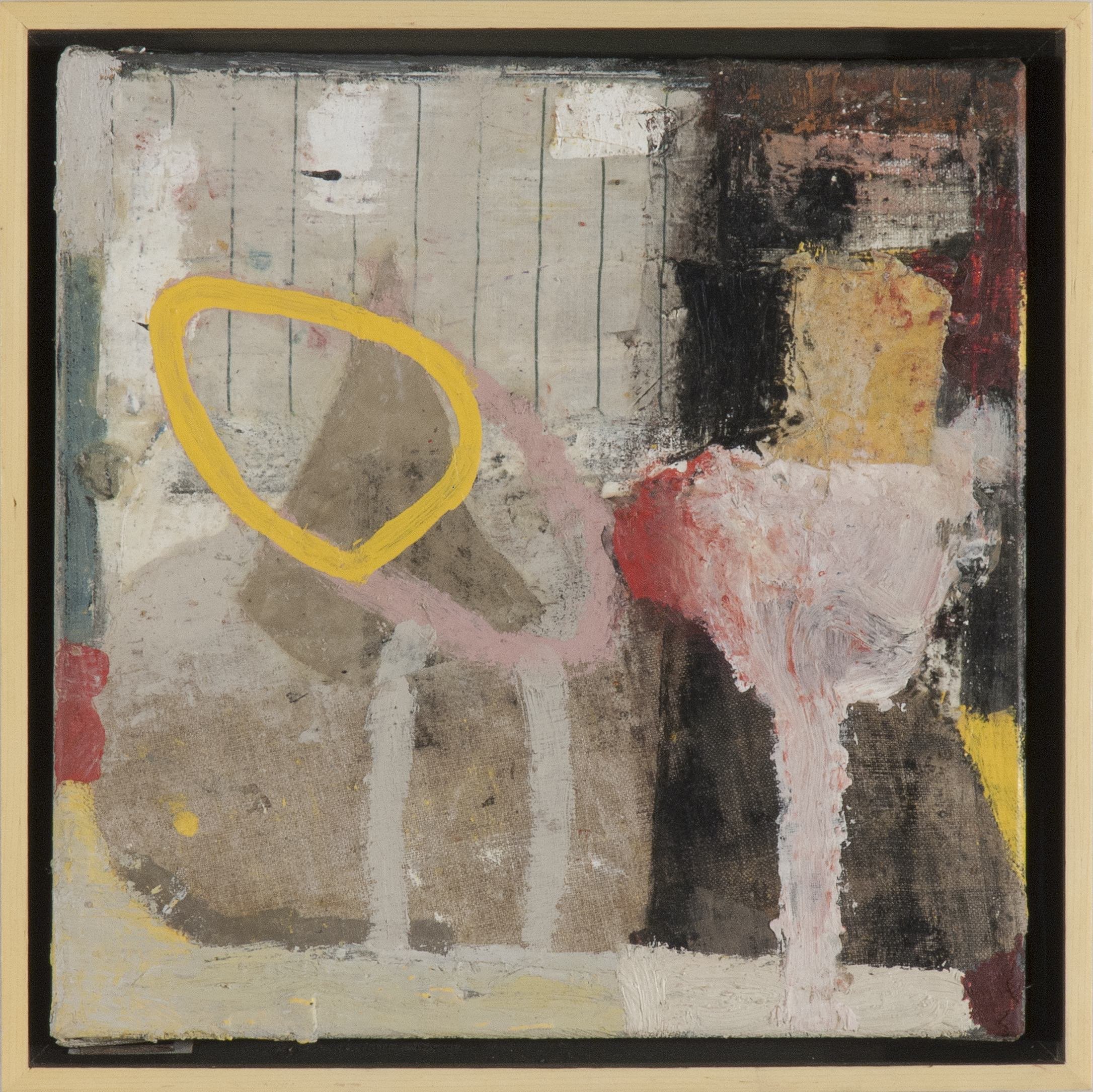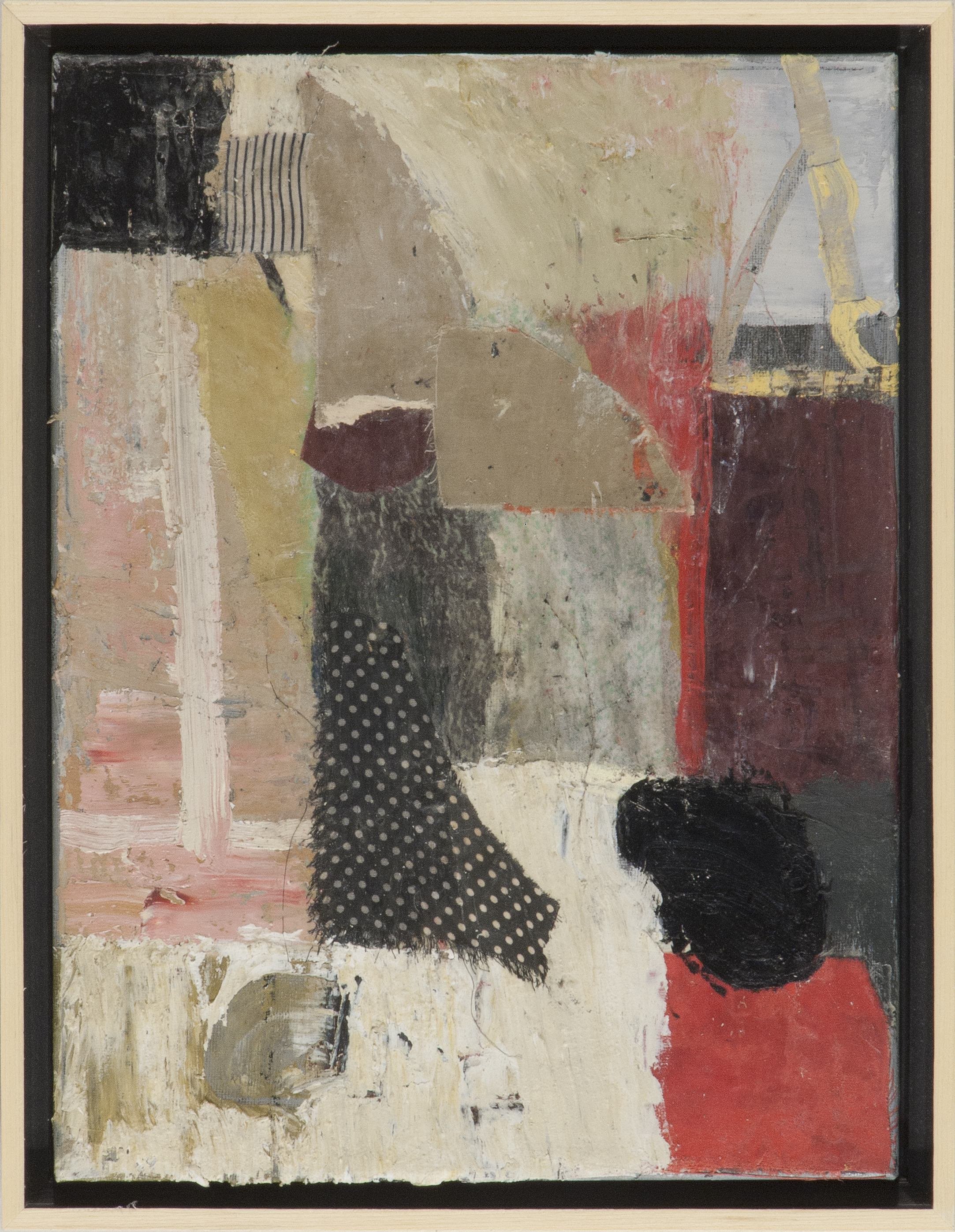Interview with artist Sammy Peters
Sammy Peters is a distinguished Little Rock artist whose abstract expressionist work is celebrated across the US and beyond. Gazing into one of his paintings is a voyage with a skipper who lets you decide the route and ultimate destination. Sammy’s work is in major collections across the country. More of his work can be found at LewAllen Galleries in Santa Fe, NM, M.A. Doran Gallery in Tulsa, OK, Winfield Gallery in Carmel-by-the-Sea, CA, Greg Thompson Fine Art in Little Rock, AR, Justus Fine Art Gallery in Hot Springs, AR, and at his website sammypeters.com.
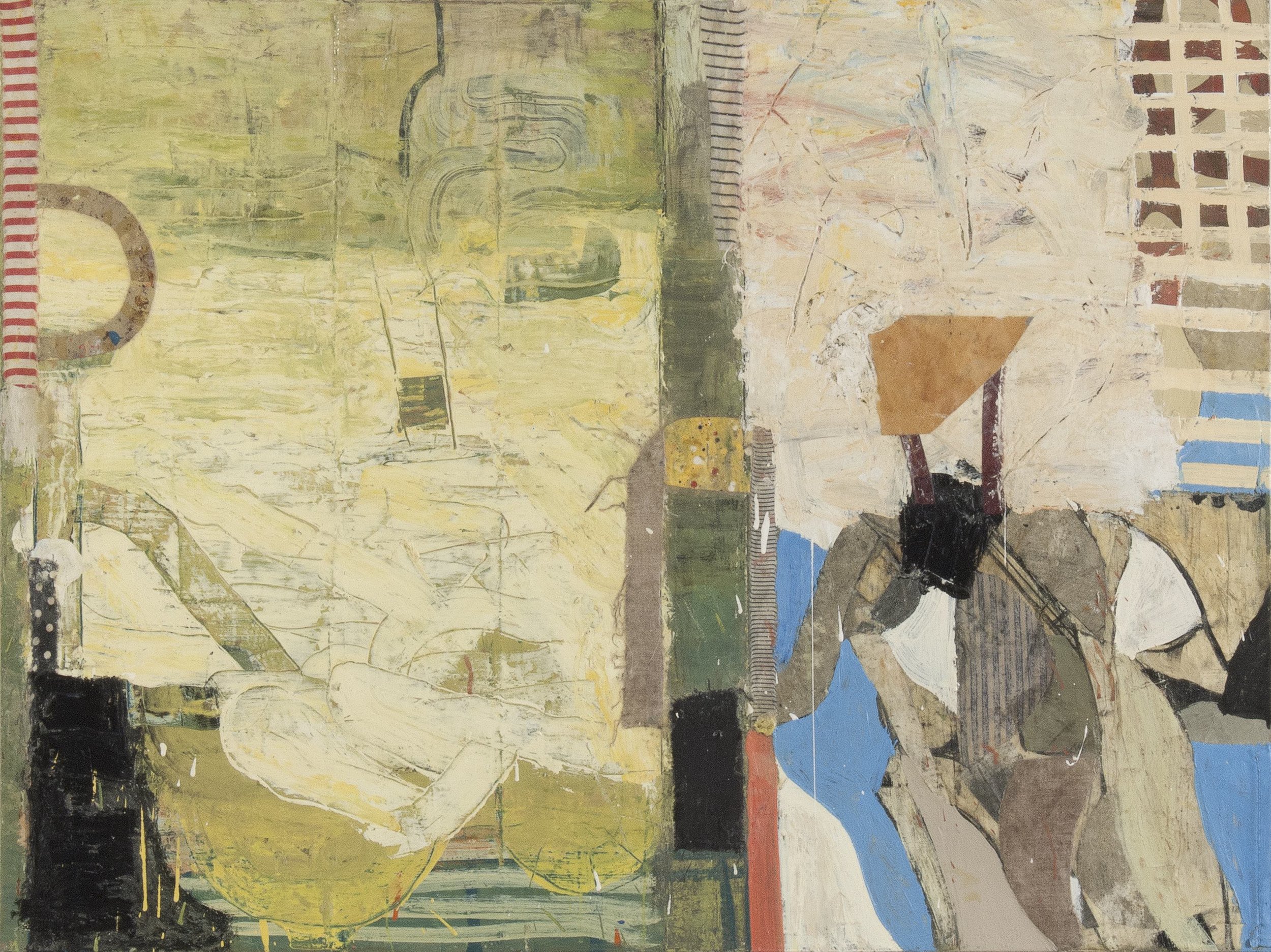

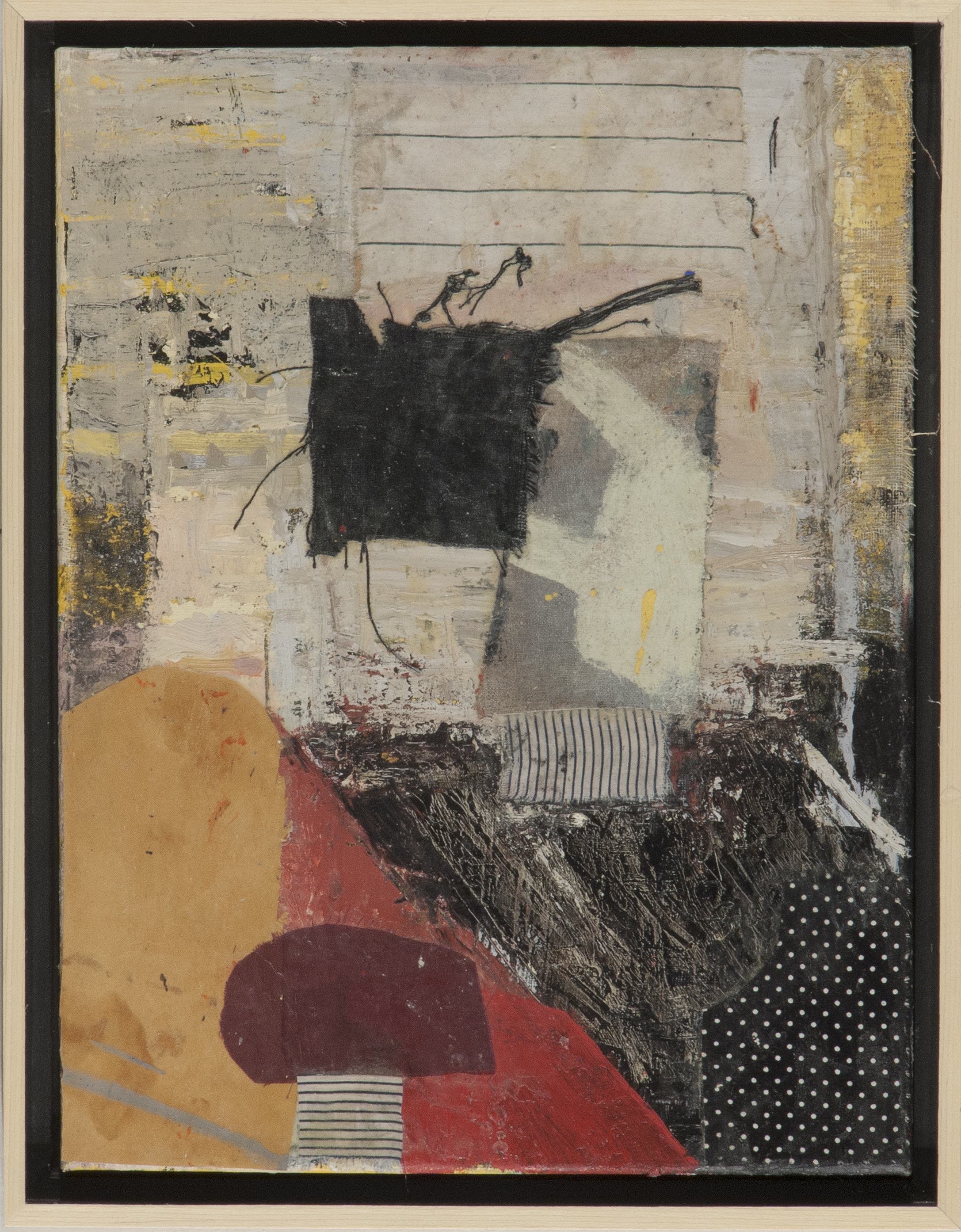
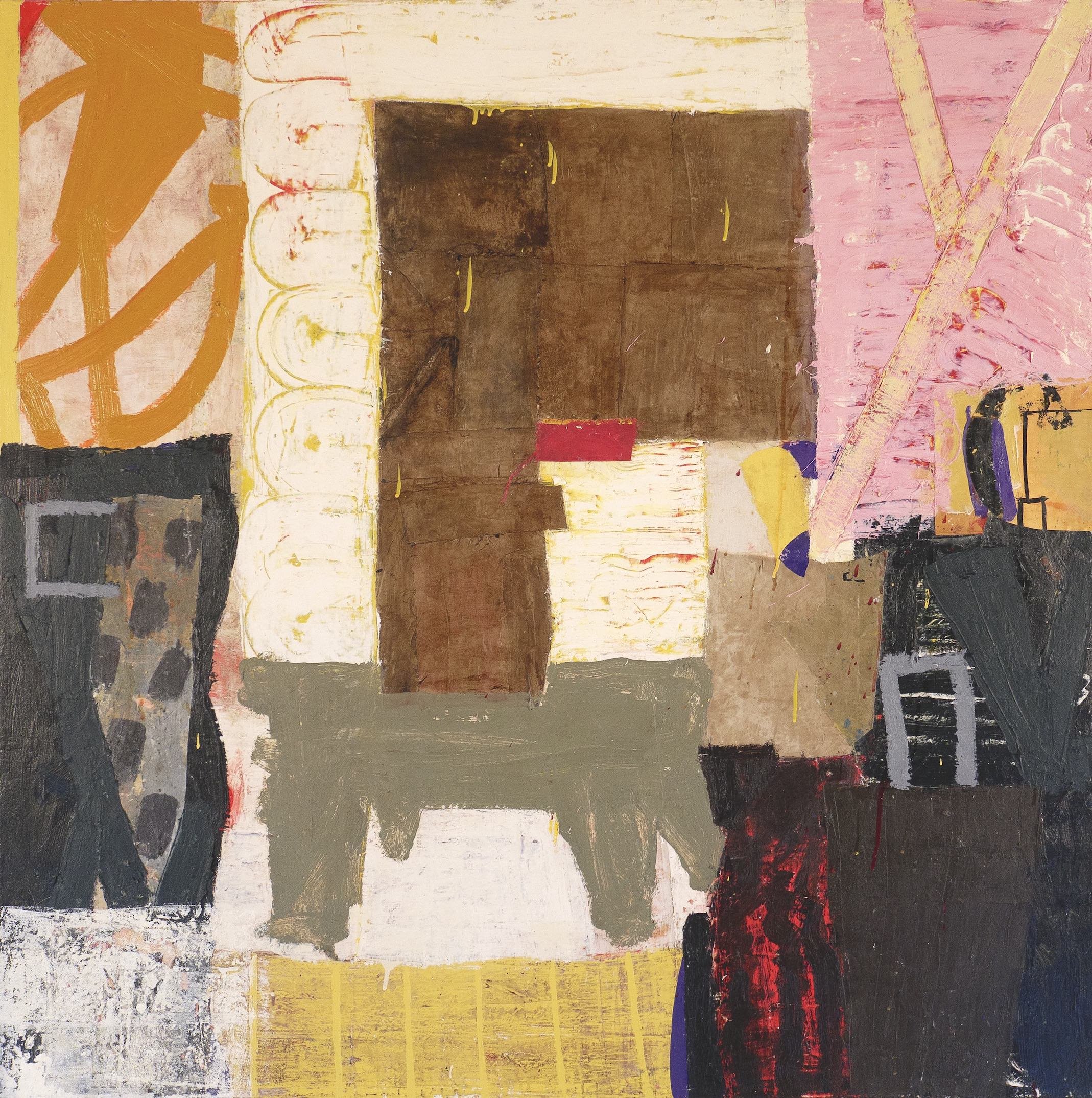
AAS: Sammy are you a native Arkansan?
SP: My parents were Arkansans, but I was born in Shreveport, Louisiana. My parents moved back to Little Rock in 1945 when I was six years old, and I attended school in Little Rock. Graduating from Little Rock Central high school in 1958, I attended college both at University of Arkansas at Little Rock and University of Arkansas in Fayetteville and had approximately a year’s experience in the San Francisco Bay area doing theatre work for a time with the San Francisco Mime Troupe and the Berkeley Community Theatre in 1963-64. In 1965, I returned to Little Rock and resumed painting and supported my family by working as a disc jockey. In high school I had worked part time at the AM stations KLRA and KXLR, returning to Arkansas, I worked at KAAY and KALO. During this time, I also was going to school at the fledgling Arkansas Arts Center School of Arts and Drama in the drama department.
AAS: You grew up in the 50’s. Talk about your introduction to art and abstract art in particular.
SP: I found my earliest inspiration by watching my father who was an excellent draftsperson and could paint and draw just about anything. My sister, Dee Dee Rose, is an artist specializing in dog portraits and I would often let him help us with our assignments in our classes both in elementary school up through high school. In high school Helen Terry Marshall was a teacher that could excite her students and did so with films from New York about the current abstract artists and animators and sculptors. I loved the raw quality that the New York School of abstract painters produced with their overly large canvases and brushy action painting. Willem de Kooning, Joan Mitchell, Jack Tworkov, Franz Kline, and Richard Diebenkorn were some of my influences at the time. She was a treasure for a lot of budding artists including Patrick McFarlin, a strong, passionate painter now, as well as in the early 1960’s when we connected as studio mates and became fast friends.
“…I dream and imagine fantastic paintings that no one is painting currently or has painted in the past, and I continually endeavor to paint that work.”
AAS: You have been recognized as a premier abstract expressionist artist. Has that always been your style of painting? Has your style evolved over the years?
SP: A trip with my father to New York in 1963 was my first chance to view the abstract expressionist works firsthand. Then seeing works by Conrad Marcarelli, Robert Rauschenberg and Kurt Schwitters became my inspiration for collage that I still use to this day. Prior to high school I was interested in the art of a number of American painters that painted realistically like Edward Hopper and in N. C. Wyeth, also illustrators Norman Rockwell and J. C. Leyendecker that my father loved and was influenced by as well. And I liked to draw comics. A little later I was successful having paintings with figuration accepted in competitive exhibits like The Delta Exhibit in Little Rock and the Mid-South exhibit in Memphis. The first few years of my painting life I was painting both abstractly and figuratively. I didn’t see any reason to choose one camp or the other since I enjoyed both.
AAS: You have a masterful way of creating rhythm through repeating shapes and lines. I think Reminder: modified; sphere is a wonderful example of this. Would you talk about that piece and how you use mixed media and collage to create movement in all three dimensions.
Reminder: modified; sphere, oil and mixed media collage (acrylic, cold wax, resin, oil sticks, pencil) on canvas, 48” x 48”
SP: Thank you. I suppose the three dimensionality of the piece can be attributed to a couple of techniques. One, the overlapping of elements in the painting tend to imply that one area is in front of another. Also, the colors I use creates what the painter Hans Hofmann called push-pull. Most painting students know how to use certain colors to create a sense of projecting and receding. Darker colors recede and highly saturated colors appear in the foreground. The colors that I use now are mostly intuitive and not planned and will go through phases where a number of works will be of a more neutral chroma or intensity using brighter colors sparingly as accents. Then possibly the next series of paintings may have brighter more saturated colors over all as in this piece, but still easing the eyes with areas of neutral shades.
AAS: Your shapes often dance around on a rather muted background. I’m thinking here of Implied: merging; fulfillment as a good example of that.
Implied: merging; fulfillment, oil and mixed media collage (acrylic, cold wax, oil sticks, pencil) on canvas, 14” x 11”
SP: I learned very early from my father that in creating a work of art, if you use too many saturated colors in one painting it will have the effect of negating the whole image. So, Implied: emerging; fulfillment, like many of my paintings, has hints of figuration. I can imagine that I’m looking through a window at a landscape in this painting. The dominant dark shape has a slight feeling of motion, but it anchors the painting. It’s not in the center in either direction but for all practical purposes it’s the subject. The landscape that I see looks industrial, with the shapes seeming as parts of an industry that require these object/shapes to create their product. After my paintings are finished, I often see elements of landscape, interior, still life or seascape. I also see bunnies in the clouds.
AAS: Do you paint in a quiet space or with music to inspire the rhythm you create in your paintings? And do you paint on only one canvas at a time?
SP: As with everything in my studio; sizes of paintings, colors I use, mediums I use, various sounds and music, I tend to run the gamut from A to the kitchen sink. So, some days I enjoy silence with my electric fans giving me white noise. More often though, music is an important part of my studio surroundings, listening to a number of genres including classical, folk, blues, and 50’s and 60’s rock ‘n’ roll (disc jockey days). I am always working on several paintings at a time, usually from 4 to 6.
AAS: Current: emerging; threshold is a new, large work that is filled with color and almost hidden surprises. Would you talk about that piece?
Current: emerging; threshold, oil and mixed media collage (acrylic, cold wax, resin, oil sticks, pencil) on canvas, 72” x 60”
SP: Sure. Though I want each person to connect with my paintings in their own way, sometimes after a work is completed, I can see the work objectively as a viewer rather than as a painter. Rube Goldberg the cartoonist/philosopher has always been an influence on my work, as well as others like George Herriman of Krazy Kat fame and Little Nemo in Slumberland by Winsor McCay. Current: emerging; threshold is one that I see a relationship to a Rube Goldberg drawing. Goldberg would draw an apparatus that would perform simple operations by intricate and elaborate ways. In my painting it’s not obvious what the fictional machine that I’m seeing can do, but it seems to be an action in progress and we’ve walked in to see it mid operation. Of course, that’s just my take on it and anyone else’s description of what they see in the painting is just as valid as mine. Because I didn’t see the Goldberg in it as I was working on the painting and it wasn’t something that I was aiming for, it just appeared, I only describe this in retrospect.
“I love the excitement of seeing color combinations I hadn’t considered before, so part of the early going is putting a lot of color combinations together.”
AAS: When you begin a painting, do you have the general look of the final painting in your head or is the process completely spontaneous?
SP: My process is 90% spontaneous. On very large works I will often create a study. I don’t follow it slavishly, but knowing where the main colors and a number of forms go speeds up the early stages of the process. For example, I might have the color scheme that I am wanting to use and mix up some paints in the various colors and look at them after the paint dries, as many will dry lighter or darker. On most of my paintings though, I will generally start with leftover paints that I’ve been using in current works. I love the excitement of seeing color combinations I hadn’t considered before, so part of the early going is putting numerous new color combinations together.
Engendered: fictional;affirmation, oil and mixed media collage (acrylic, cold wax, resin, oil sticks, pencil) on canvas, 48” x 48”
AAS: It is difficult to look at an abstract painting and not go beyond just the beauty of it and how it makes one feel but to become involved with it. That is one goal of abstract art, I think. And it is interesting that you mentioned machines earlier. I’ve been a biomedical scientist for 40 years so when I look at Engendered: fictional; affirmation, I enjoy it through my mind’s eye and see a microscope peering at living tissue and cells. Are you ever surprised by a reaction to one of your paintings?
SP: Of course. What might look like cells and tissue to you in Engendered: fictional; affirmation, looks to me like an interior with a piece of sculpture or figure, the patterning in it might be wallpaper or drapes. Yes, I’m surprised all the time. There’s a painting that I did over 60 years ago. It’s approximately 4 ft² and has been in my home for all these years. You can ask any of my grandchildren or great grandchildren what it is and they all say a “cow”. The title is The Name’s Not, which occurred when the original title, “The Name’s Not Fuck” was changed at the last minute by crossing out fuck on the entry slip for the Mid-South Competitive exhibition in Memphis. It won an award and the name stuck. The f-bomb was the last stroke on the canvas, and it was there because I was so pleased by it. It’s barely noticeable in the red area. The Name’s Not looks more like a bison to me.
The Name’s Not, oil and mixed media collage (acrylic, cold wax, oil sticks, pencil) on canvas, 48” x 60”
AAS: You are still producing so much work and you have exhibitions upcoming in Fort Worth and elsewhere. What keeps your creative juices flowing?
SP: I really don’t know. I have suffered from depression most of my life, as my mother did. When I was painting, I found it was easier to get out of bed in the morning. About 40 years ago my wife, Pam, insisted that I get help for it. Which I did of course, I always mind her, and then with months of experimentation, my psychiatrist found just the right cocktail for my problem. I was one of the lucky patients. It’s not that I think that painting is any better than any other vocation for those with anxiety and depression, it’s just that I think it has to do with finding something that you love to do. In addition, I dream and imagine fantastic paintings that no one is painting currently or has painted in the past, and I continually endeavor to paint that work. Often the painting in the dream is by one of my artist friends and I’m envious until I fully wake and know it’s mine.
AAS: Looking back over your career, what have been some defining moments?
SP: My family has been very supportive of any project I ventured to undertake so I’m fortunate in that regard. There were many others like my coaches in sports, where I learned a lot in developing self-confidence and the reality and benefits of winning and losing as yin yang before I knew the term. In art, there was my friendship with Edwin Brewer a third-generation painter with many great stories and techniques – and with Patrick McFarlin, a painter full of enthusiasm for painting as well as a competitive spirit wherein we would push each other to get better and better – and currently painter friends David Bailin and Warren Criswell for their support, humor, and brilliant ideas during this octogenarian period of my career.
